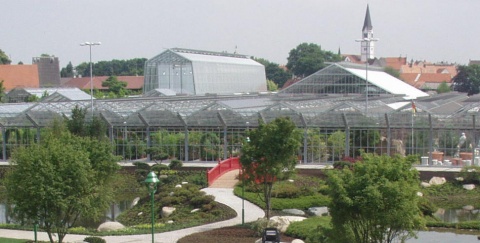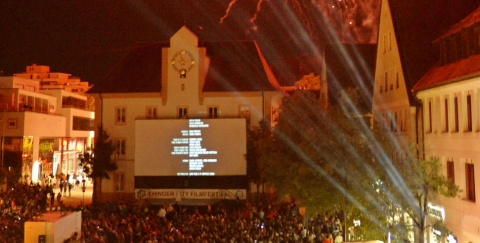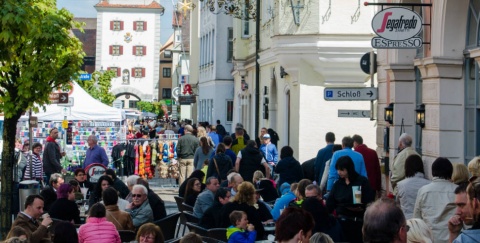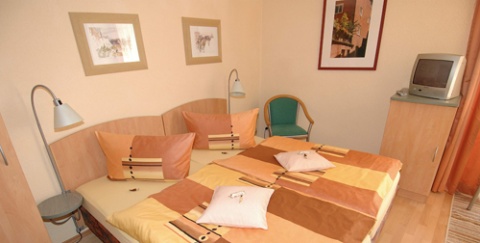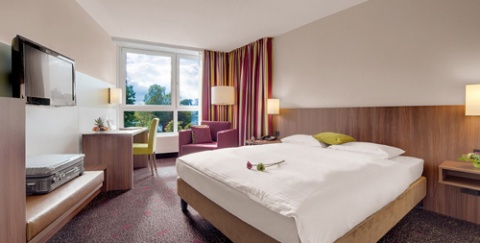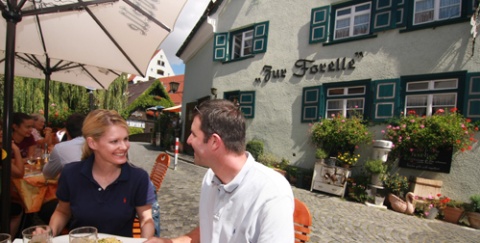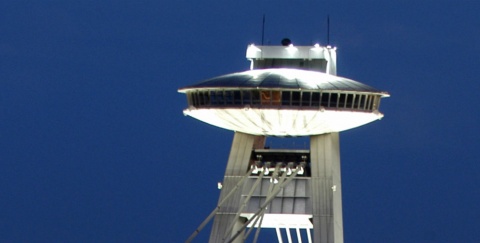
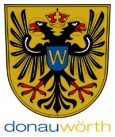
Donauwörth
Even in the Middle Ages, Donauwörth was an unusually prosperous town, and its inhabitants were clearly not shy of demonstrating their wealth. They built splendid houses and furnished their churches with valuable treasure. Donauwörth is as lovely now as it has always been. And today it is known not...
Country: Germany
In the past, it was trade that made Donauwörth rich and powerful. Which is not to say that its residents were particularly successful merchants. It was rather that their town was situated at the point where the vital trade route between Nuremberg and Augsburg crossed the Danube. So they built a bridge and charged a hefty toll for its use. This admittedly did not win them many friends – the bridge was destroyed 30 times – bit it did enable them to build a jewel of a town. Now, as then, the centre of the town is Reichsstrasse, lined with colourful merchant houses restored to their original condition. The Liebfrauenmünster (Church of our Holy Lady), a triple-naved Gothic brick church, stands at the highest point of Reichsstrasse. The Pummerin bell that hangs in its belltower is the largest church bell in the Swabian region. The church contains some notable artworks, such as a Pietà from 1508 and a Gothic Christ from 1513. The Tanzhaus, where the town council allowed dancing on the Sabbath, served rather more profane purposes and dates back to 1400. Later it was put to other uses, then destroyed, later restored, and today is home to a theatre, archaeological museum and restaurant. The Holy Cross Monastery, with its monstrance containing a particle of the cross, is a fine example of the late Baroque. The Deutschordenshaus (House of the Knights of the Teutonic Order), the Calvary Hill chapel, the Fuggerhaus and the town hall provide several more reasons to visit Donauwörth. And these days, crossing the bridge won't cost you a penny.
DANUBE.TRAVEL has no control over the website content generated by users and/or visitors, neither such content represents a statement, opinion, recommendation or rating by DANUBE.TRAVEL. For further information please refer to DANUBE.TRAVEL – General Website Terms and Conditions of Use.
My Danube
Trip Plan
Your Trip Plan is currently empty. Add a city, location or route to create your trip plan.
 EN
EN DE
DE
